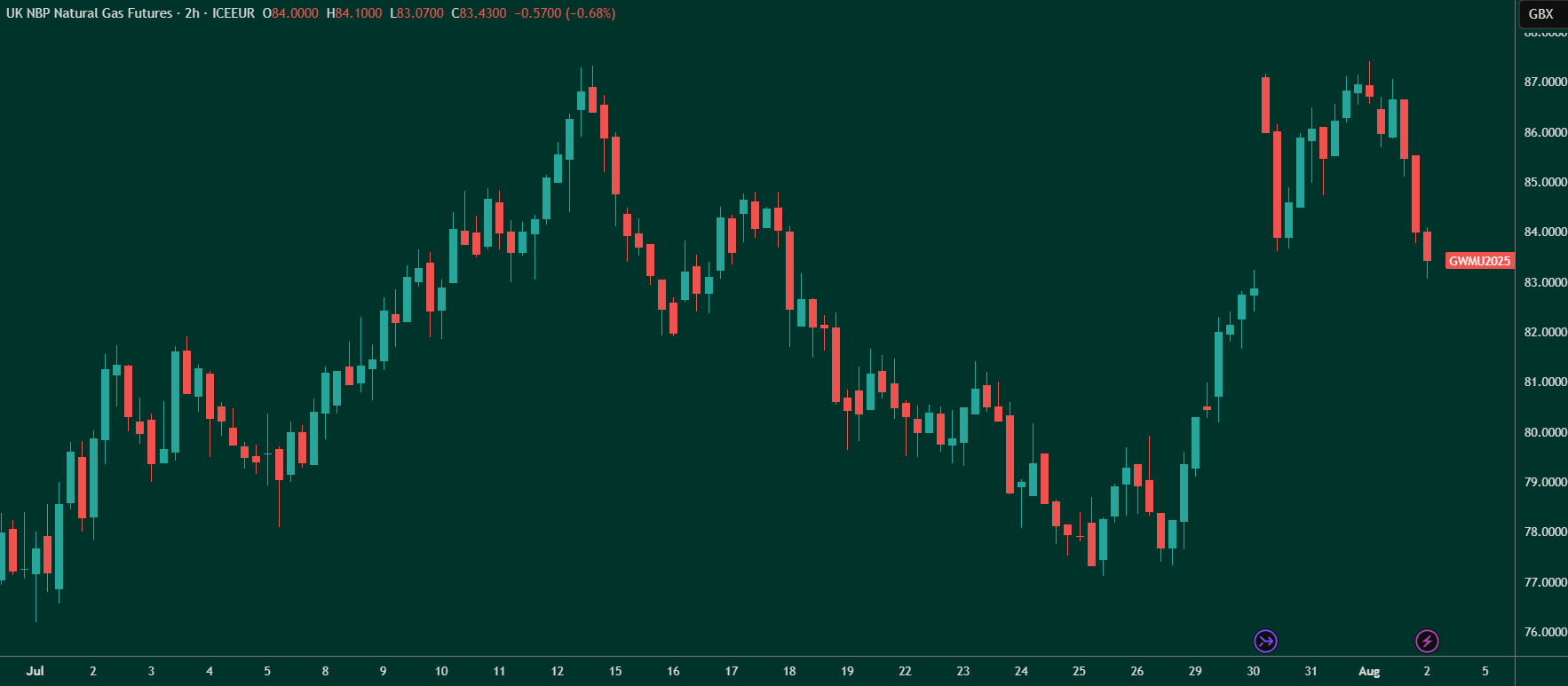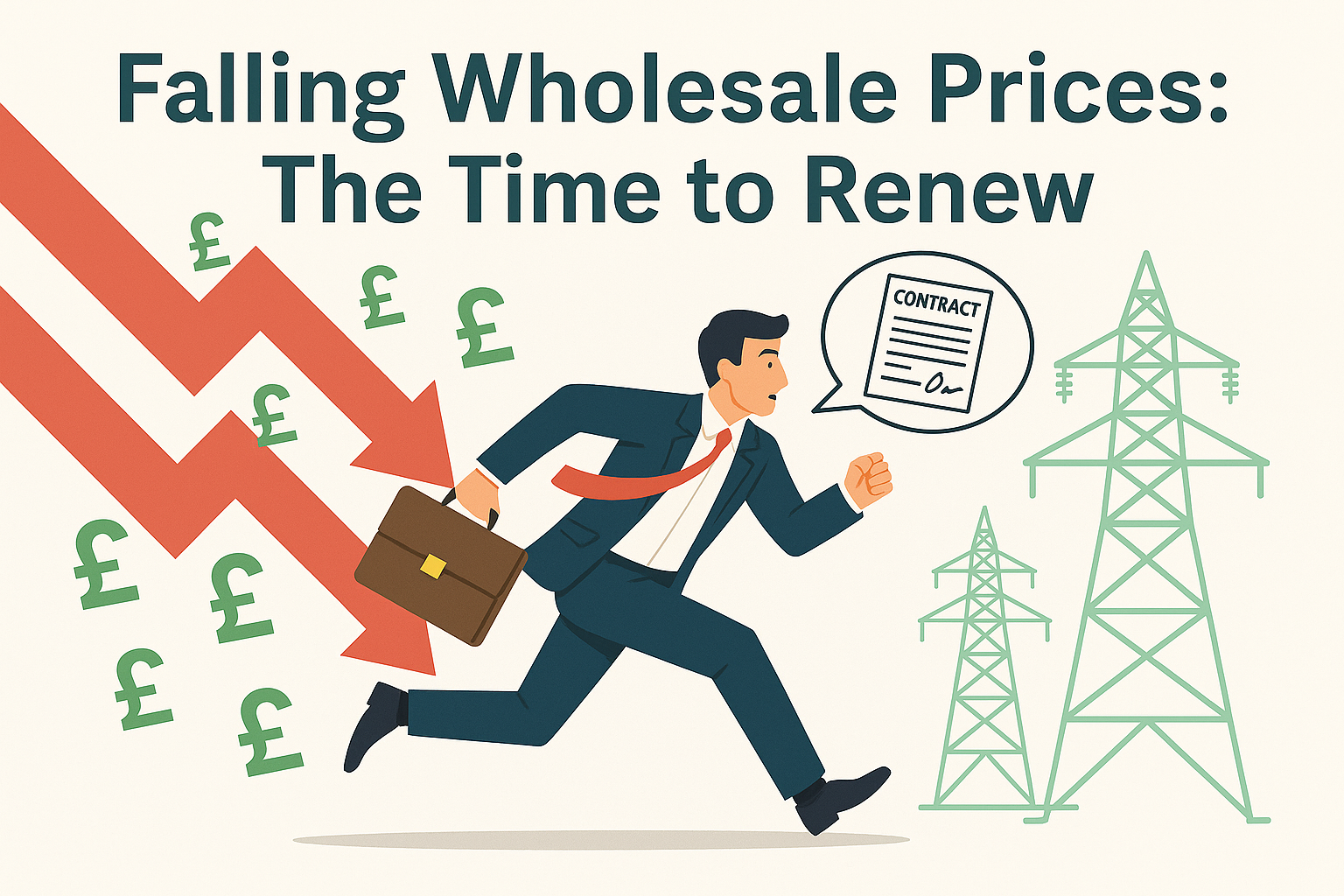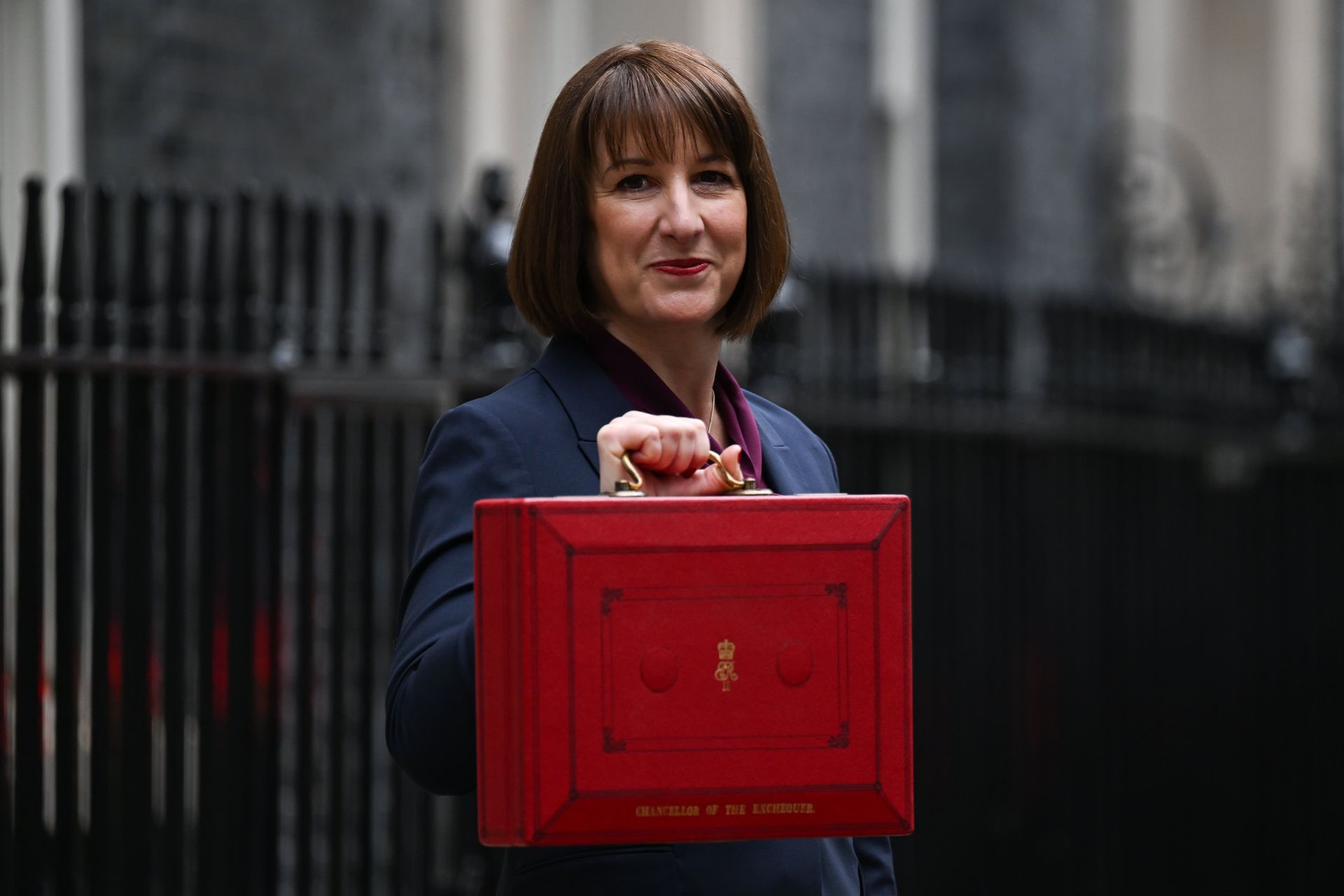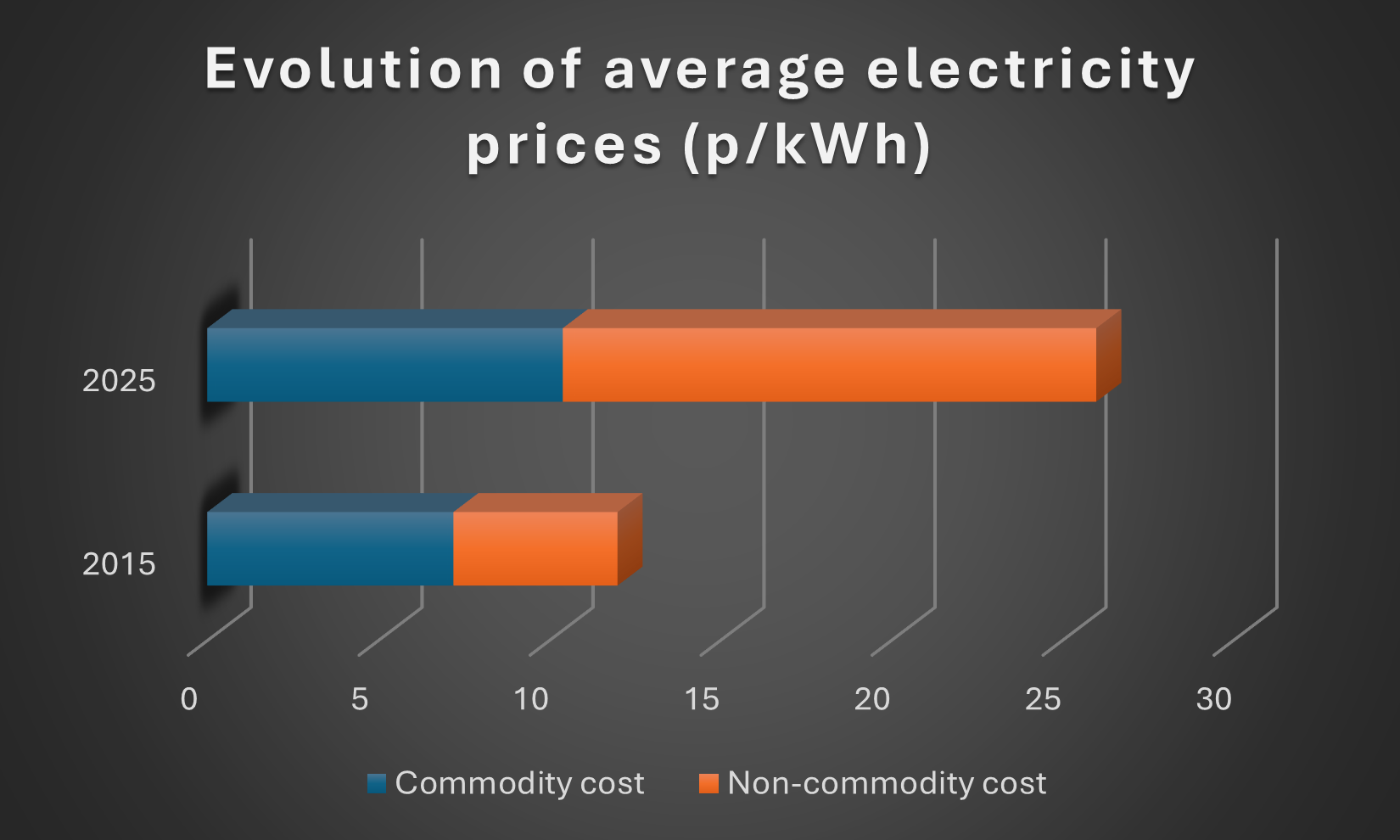July 2025 Review
July was a month that saw an England international football team lift a trophy and the unfamiliar events weren’t just limited to the sporting arena. For the first time in recent memory, it wasn’t geopolitics and international conflicts that were the main drivers behind movements in the energy market. In this article we review the factors that did cause energy prices to change and how prices are likely to move for the remainder of 2025.

In the wholesale market, it was an up and down month with markets responding sharply to any news that could potentially negatively impact the supply side.
Prices for Summer’26 rose by over 5% during July. For a business set to consume 500,000kWh during this period, this represents an increase of over £2,000 and highlights the importance of timing your energy purchases well.
European gas reserve levels are now above 60% as EU nations are mandated to achieve a 90% reserve level between October 1st – December 1st. This represents a 20% drop off from the reserve levels of July 2024 and we are likely to see a sustained buying pressure over the next 4 months as countries aim to reach their target capacity.

Some of the buying pressure was alleviated by increased Russian gas flows during the month, however, the EU approved further sanctions against Russia after overcoming objections from Slovakia. The move away from Russian gas is seeming more problematic. Previously it was considered that moving towards a reliance on US LNG exports would provide increased energy security, but with the US developing a tariff-happy approach to international trade, Europe is now vulnerable to the whims of Washington.
In more positive news, China has ceased it’s LNG imports from the US amid rising tariffs and increased domestic production. China had previously been the largest global importer of LNG, but lower industrial demand has led to a decrease in the amount of gas needed to be imported.
One of the primary drivers behind prices increasing in the first 10 days of the month was a heatwave hitting both the UK and continental Europe. This led to increased demand at a time when Japan and South Korea were also showing an increased need for LNG imports, causing prices to rise as multiple nations were competing for the available gas shipments.
Outlook
As the EU pushes forward with a complete Russian gas ban from January 1st 2026, this leaves European nations exposed to a greater price volatility and more exposed to the LNG market. It also means more competition for LNG cargoes. The UK is in a more comfortable position than some of it’s continental neighbours due to the pipeline with Norway, but this means any unexpected Norwegian maintenance work could causes prices to spike sharply. Further scheduled maintenance is due to occur in August and we will likely see energy prices rise further during this time.

July also saw the UK government announce the launch of a consultation into energy charge reform. Initial plans involve raising network discounts from 60% to 90% for large energy consumers -- potentially unlocking £420 million in annual savings. This would allow businesses operating in energy-intensive industries an improved chance of cost parity with EU rivals, but it also exposes the difficulties facing UK businesses who have to pay far more for their energy due to schemes and charges introduced by the government.
If your business is looking for ways to reduce it’s energy spend and you are unsure of whether you are eligible for any government schemes/discounts, SeeMore Energy can conduct a free review of your discount eligibility. Our team can also look into other methods of reducing your energy spend and ensure that you’re not paying a penny more than necessary. So contact us today for a free consultation that could potentially save your business £1000s every year.










